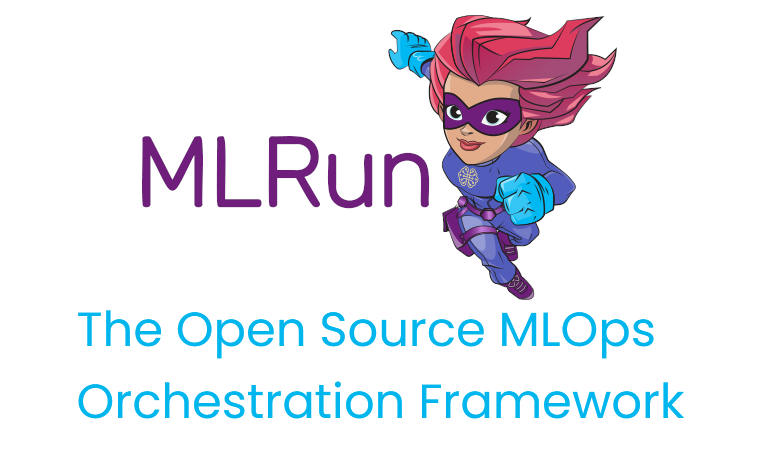Getting-Started Tutorial¶
This tutorial provides a hands-on introduction to using MLRun to implement a data science workflow and automate machine-learning operations (MLOps).
The tutorial covers MLRun fundamentals such as creation of projects and data ingestion and preparation, and demonstrates how to create an end-to-end machine-learning (ML) pipeline. MLRun is integrated as a default (pre-deployed) shared service in the Iguazio MLOps Platform.
You can see another example which demonstrate how to Convert Research Notebook (NYC Taxi) to Operational Pipeline. For additional demos refer to MLRun demos repository at github.com/mlrun/demos.
In this tutorial you’ll learn how to:
Collect (ingest), prepare, and analyze data
Train, deploy, and monitor an ML model
Create and run an automated ML pipeline
You’ll also learn about the basic concepts, components, and APIs that allow you to perform these tasks, including
Setting up MLRun
Creating and working with projects
Creating, deploying and running MLRun functions
Using MLRun to run functions, jobs, and full workflows
Deploying a model to a serving layer using serverless functions
The tutorial is divided into four parts, each with a dedicated Jupyter notebook. The notebooks are designed to be run sequentially, as each notebook relies on the execution of the previous notebook:
